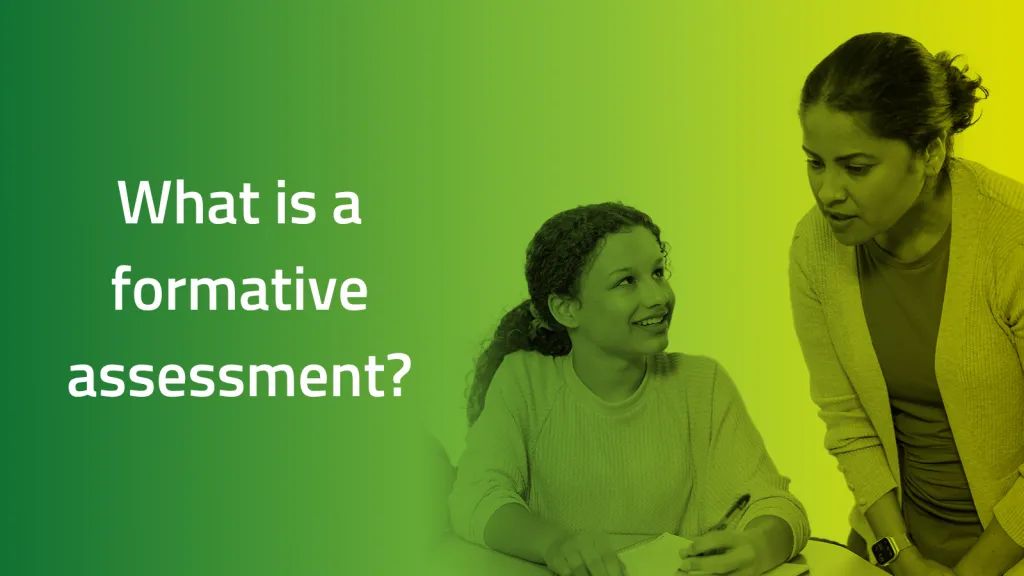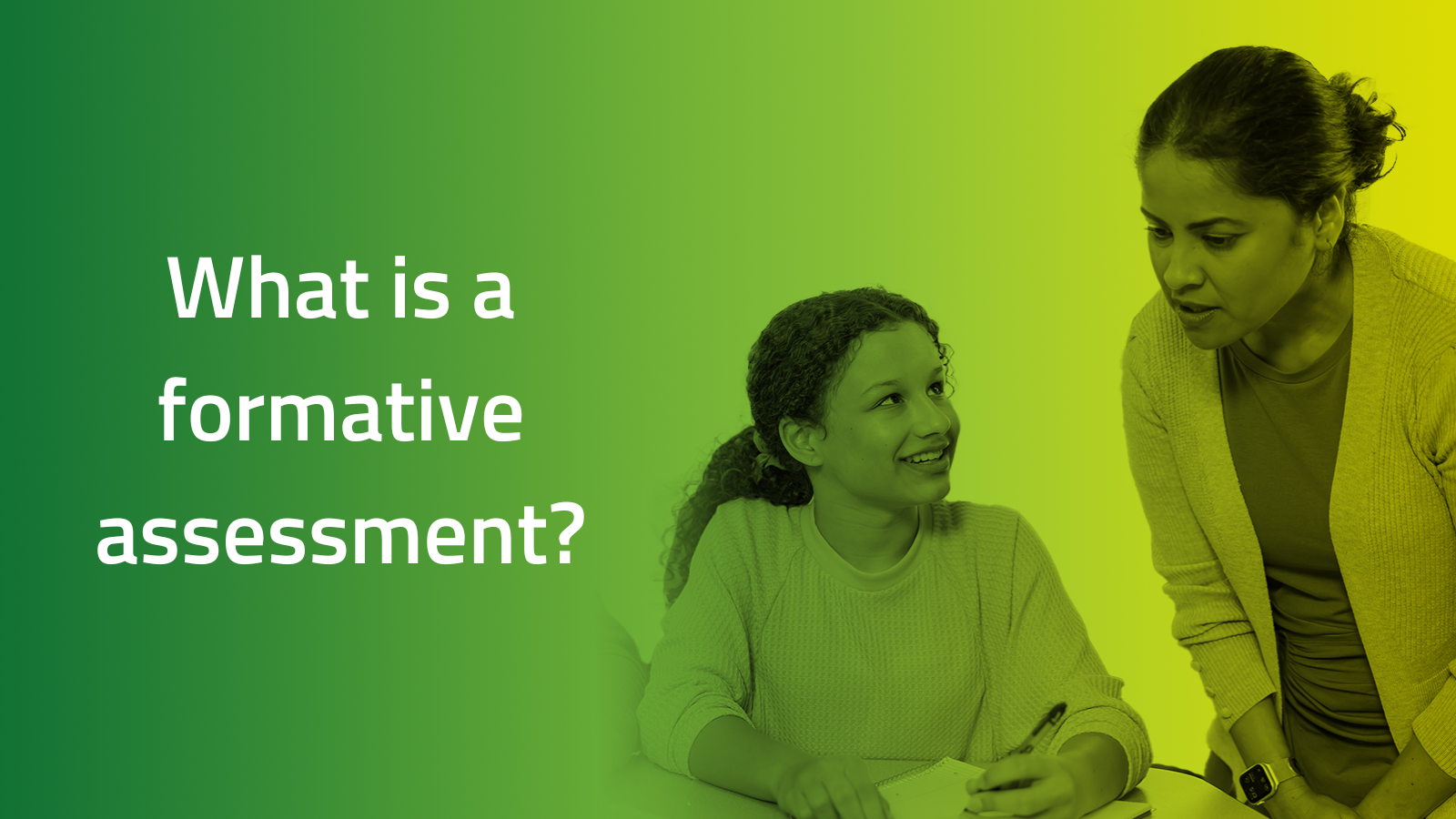What is formative assessment?


What is formative assessment?

Assessment is an integral part of every classroom. It’s crucial for educators to understand what each student knows and what they still need to learn, and it’s essential for providing students with opportunities to reflect on their own learning and build their motivation for further growth.
In order to be an effective tool for informing your instruction and supporting your multilingual learners, assessment needs to be integrated throughout the entire learning process, not just at the beginning or end of a unit. When you thoughtfully incorporate classroom-based formative assessment into every lesson, you’ll develop a stronger understanding of the progress your multilingual learners are making in real time while ensuring that all students have plenty of opportunities to demonstrate their learning and ask for the support they need to meet their goals.
What is a formative assessment?
There are two main types of assessment taking place in the classroom. While a summative assessment is intended to measure students’ cumulative learning, such as an end-of-unit project or test, a classroom-based formative assessment is the more ongoing process of keeping track of learning.
Formative assessment in the classroom refers to the process of frequent, interactive assessment throughout classroom instruction that allows students to demonstrate their progress over time. Examples of this type of assessment include using hand signals, self-assessment, and think-pair-share responses.
Formative assessment is crucial for informing and improving instruction to be more effective where your students need support throughout the learning process. The student data collected can inform how to differentiate instruction moving forward. Effective formative assessments can address questions such as:
- Are we ready to move on to the next concept?
- What areas are causing confusion, or where are misconceptions arising that need to be addressed first?
- Which students need additional support, and which may need more challenging work?
Without formative assessment, a teacher can go through an entire unit and not realize that some or all of their students are struggling until they give the test or other summative assessment. It is much easier to correct confusion or an area where a student(s) needs extra support after one lesson than an entire unit of instruction.
Additionally, it’s important that data from formative assessments be visible to others outside of just the classroom teacher. That shared knowledge of student progress and data offers rich opportunities for collaboration, i.e., between the EL team and the classroom teacher.
Why are formative assessments particularly important for ELs?
For English learners, formative assessment helps us track their content and language development across all four language domains (reading, writing, listening, and speaking). Language acquisition is a dynamic process, and no single assessment can tell a complete story of what a student can do. Formative assessments of language development can provide consistent insight for educators to determine where their ELs are progressing and where they need additional support.
Traditional forms of summative assessment in the content areas often contain complex language and multi-step instructions and are given in a context that can feel intimidating, particularly for English learners. In contrast, formative assessments occur informally, are incorporated into daily classroom instruction and activities, and serve as opportunities for EL to practice language and to self-assess without being put on the spot or graded for their efforts.
With daily, low-stakes chances to assess language development, teachers are able to gain insight into ELs’ current language proficiency, add appropriate supports and scaffolds, and ensure that they remove any language barriers to accurate assessment. Teachers should design assessments to offer multiple options for demonstrating learning to ensure students can accurately show content knowledge.
What are some examples of formative assessments?
- Quick checks are typical classroom activities that can be used to measure progress toward curricular goals and objectives. Examples include:
- Responding with nonverbal gestures (i.e., thumbs up or down)
- Holding up a true or false card to respond to prompts
- Exit tickets
- Differentiated question prompts, where there are beginner, intermediate, and advanced versions of a question and response sheet
To learn more about assessments for English learners, check out our Assessments for MLs pathway in Ellevation Strategies.